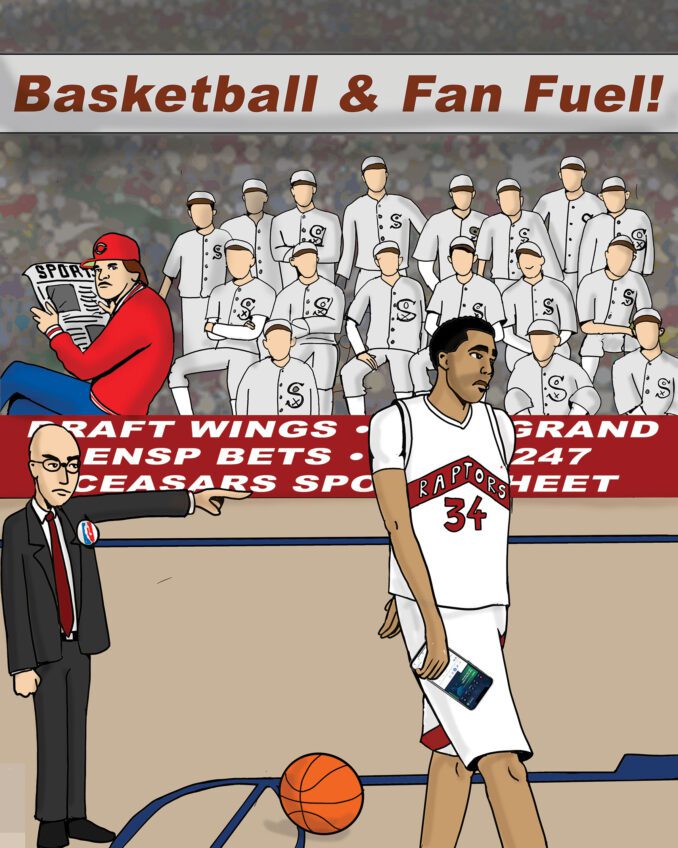It’s a ritual with me. On the 10th, 20th, 25th, and now the 30th anniversary of the L.A. riots, I visit several of the same burned-out empty lots in South L.A. I ask: “Why, years after the riots, are these empty lots where thriving businesses once stood still empty today?” Over decades, many other parts of Los Angeles, from the Westside to Downtown, have been virtually remade. Billions of dollars have been poured into the construction of showy, pricy, and functional office buildings, retail stores, restaurants, high-tech and light centers, and manufacturing enterprises.
The building bonanza has resulted in thousands of new construction and entry-level and professional jobs. It’s enriched city tax coffers. Why not in South L.A.? The lame excuse is that there’s no economic incentive. But residents spend millions on consumer goods and services. Tens of thousands are well-to-do business professionals and tradespeople, and they repeatedly clamor for quality retail, restaurant, and service business in South L.A. But the lots remain empty.
My mind, though, continually goes back to those two fateful days in 1992, at the end of April and the first day of May. I ducked around police cordons and barricades. I cringed at the crackle of police gunfire and the non-stop roar of fire engines and sirens all around my South L.A. house. I choked on and was blinded by the thick, acrid smoke that at times blotted out the sun and gave an eerie surreal Dante’s Hell feel to Los Angeles. I watched many Los Angeles Police Department officers stand by, virtually helpless and disoriented, as looters gleefully made mad dashes into countless stores. Their arms bulged with everything from clothes to furniture items. I watched an armada of police, National Guard units and federal troops drive past my house with stony — even scared — looks on their faces, guns ready. I watched buildings, stores, and malls that I frequented disappear from the landscape in a wall of flames.
The warning signs that L.A. was a powder keg were there long before the Simi Valley jury (with no Blacks) acquitted the four LAPD cops who beat Rodney King. There was the crushing poverty rate in South L.A.; a spiraling crime and drug epidemic; neighborhoods that were among the most racially balkanized in the nation; anger over the hand-slap sentence for a Korean grocer who murdered a teenage Black girl, Latasha Harlins, in an altercation; and Black-Korean tensions that had reached a boiling point. And above all, there was the bitter feeling toward an LAPD that was widely branded as the nation’s perennial poster agency for brutality and racism.
This year, on the 30th anniversary of the King verdict and the L.A. riots, many still ask, can it happen again? Prophets and psychics couldn’t answer that with absolute certainty. But there are two hints that give both a “yes” and “no” answer. The “yes” is the repeated questionable killings of young, unarmed African Americans by police, such as George Floyd and most recently, Patrick Lyoya. This continues to toss the ugly glare on the fragile, tenuous, and at times openly hostile relations between African Americans and the police.
The other cause for wariness is conditions in South L.A. and other urban communities. In 2005, on the 40th anniversary of the Watts Riots, the L.A. chapter of the National Urban League and the United Way issued an unprecedented report on the State of Black L.A. The report called the conditions in South L.A. dismal, stating that Blacks still had higher school drop-out rates, greater homelessness, died younger and in greater numbers, were more likely to be jailed and serve longer sentences, and were by far more likely to be victims of racial hate crimes than any other group in L.A. County. The report has not been updated, but even the most cursory drive through the old riot areas still shows that for many residents, little has changed. The one exception is the epic homelessness crisis plainly evident in many South L.A. areas.
The L.A. riots are no longer the national and world symbol of American urban racial destruction, neglect and despair. But they are a cautionary tale, a warning that in the still-Trump era, the poverty, violence and neglect that made the L.A. riots symbolic may not have totally evaporated 30 years after the flames. The empty lots remain an ugly testament to that.
Earl Ofari Hutchinson is an author and political analyst.


![Banner [Virtual] Art Gallery](https://baystatebanner.com/wp-content/uploads/2024/04/Cagen-Luse_Men-at-store-e1713991226112-150x150.jpg)



